|
The
Poor Clares of Woodchester
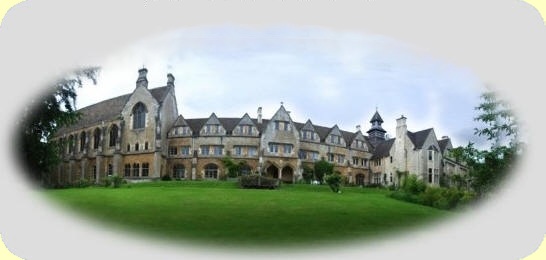
|
C'est en ces murs que
Mary Miles séjourna de 1895 à 1901 en compagnie de sa soeur Gertrude.
Dans le détail il y a sans doute eu quelques changements depuis mais
l'essentiel existe toujours tel qu'il devait être au début du 20e
siècle. C'est une chance d'avoir pu entrer en contact avec la Mère
Abbesse quelques mois avant le départ de la communauté pour Lynton et
l'abandon de Woodchester. Sans cette opportunité nous aurions sans doute
éprouvé la perte de bien des éléments de mémoire. A cette occasion je
tiens à remercier tout particulièrement Soeur Ruth qui m'a apporté tant
d'aide bienveillante, parvenant même à "exhumer" les anciens registres
de l'orphelinat afin d'y trouver la trace du passage de Mary. Les
Soeurs de Poor Clare étaient venues de France à l'époque de la
Révolution. Il est logique de penser qu'elles ont continué à
étudier et enseigner le français et par conséquent d'imaginer
que Mary Miles aura bénéficié de cet enseignement d'où peut-être
son choix en 1905 de venir en France comme gouvernnante. |
|
It is inside
those walls that Mary lived from 1895 to 1901 with her sister
Gertrude. There have
probably been
minor changes since that time but the main of the building remains
like it was at the beginning of the 20th century. I was
very fortunate to get in
touch with the Mother Abbess just a few months before the
Community's departure for Lynton, leaving Woodchester.
Most likely
without this oppor-tunity, precious information
would have
been lost. On this occasion, I would like to particularly thank
Sister Ruth who has always been so helpful, having even found the
antique registers of the orphanage and the trace of Mary in them.
Since the Poor
Clare Sisters had been expelled from their convents in the North
of France at the time of the French
Revolution, they probably continued
learning and teaching French. By the way it would
seem logical to imagine that Mary
had benefited from this teaching,
hence her fatal choice to come to France
in November 1905.
|
|
Dans un orphelinat anglais, le dortoir des
filles
In a British orphanage,
the sleeping room of the girls |
|
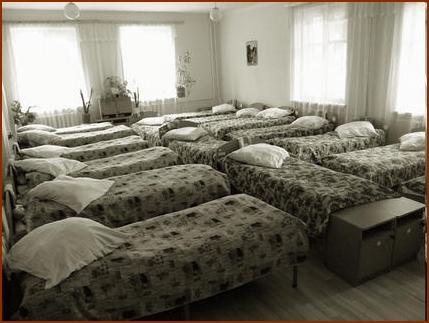 |
|

|
|
The Poor Clares
The Poor Clares, a Franciscan Order founded
by St Francis of Assisi and St Clare in 13th century, have been in their
Convent at Woodchester since 1860. Although essentially an enclosed and
contemplative Order of prayer and meditation, they have undertaken many
successful and relevant outreach apostolates in the local area - from
running a school and orphanage in the early days, to ‘taking in’
laundry, running Work classes for local mill girls, and as a Guest House
for working women. They live by Divine Providence.
The community of Enclosed Franciscan Nuns was established by William
Leigh in 1860. They resided at Summerwells House next to the Dominican
Priory. In the first instance sixteen nuns formed the new foundation
but gradually the numbers increased. During the next five years the
house was extended as the community grew and in 1869, Charles Hansom
designed a beautiful chapel.
They established an orphanage for girls in 1862. This was finally closed
in 1927. It is of interest to note, that in the list of nuns and
orphans taken from the 1881 Census, there were none from the local area
suggesting the rather isolated nature of the community.
The Convent
Formerly Franciscan Convent, now Convent
of Poor Clares. Early-mid C17 house at core with c1850 enlargement;
convent buildings 1861-69 by Charles Hansom; c1870 guest house by Canon
Scoles.
Coursed rubble limestone with ashlar dressings; ashlar chimneys and
chapel vents; stone slate to chapel, plain concrete tile roofs
otherwise. Chapel at south east end on upper floor above library and
work rooms; main 3-storey convent block linking with 2-storey and attic
house; guest house at north west end. Chapel: boldly buttressed walls on
south east end and north east side, paired lancets to ground floor,
3-light pointed arched windows with trefoil tracery to chapel above.
Rose window to south east gable end. Ante-chapel on south west side with
attached stair hall has Hansom's characteristic spherical triangular
window in gable. Large sacristy block runs to left with catslide to main
chapel roof. Small gabled projections at north west end to side walls
indicating position of choir gallery. Ridge-mounted fleche; chimney-like
gable and ridge-mounted stone vents with slits and coped top. Main
convent block: long block with central gabled side projections and 6
other side gables. Mixed mullioned and transomed and 2-light mullioned
fenestration on south west side; more elaborate on north east with
triple lancets to ground floor, paired 2-light mullioned casements to
upper, and small attic lights in gables. Central porch on north east
side has 2 pointed arches to ground floor. Timber clock turret at north
west end of range with shaped louvres and pyramidal top. House:
extensively altered in C19; 2 gables to south west side with scattered
2-light mullioned fenestration and indications of many altered openings
with relieving arches. c1850 addition of one gable on north east side
with canted 2-storey bay window and C19 pointed headed mullioned and
transomed fenestration. Guest house: 2-storey porch with pointed arch;
mullioned and transomed fenestration.
Interior of chapel: 5-bay panelled vaulted roof with arched trusses on
corbels. Broad pointed sanctuary arch with triple attached columns and
carved foliage capitals. Sanctuary has 1888 decoration by William Park
of Preston. Finely carved reredos by R.J. Boulton has Saints in hooded
niches and tabernacle. Attached marble columns to altar front with
Nativity scene in relief. Two-bay arcade to ante-chapel having timber
gallery. Stained glass by Warrington and Company. Formerly attached
orphanage wing on south west side now demolished. The whole range
appears especially impressive when viewed from opposite side of valley.
(W.J.
Sheils, 'Woodchester' in V.C.H. Glos. xi, 1976, pp. 294-304 and D.
Verey, Gloucestershire; The Cotswolds, 1979.) |

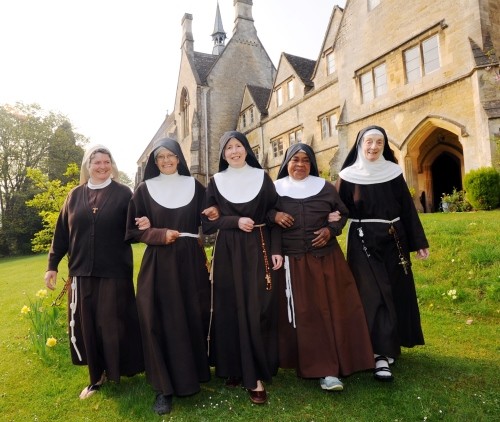 |
|
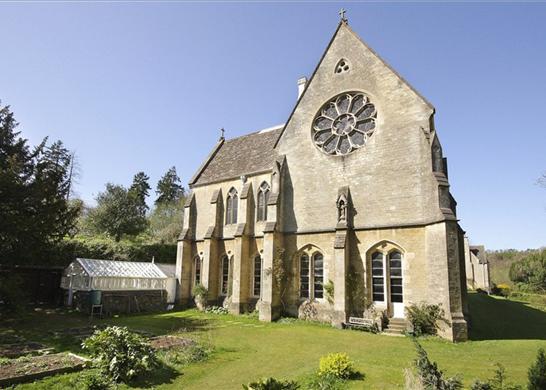 |
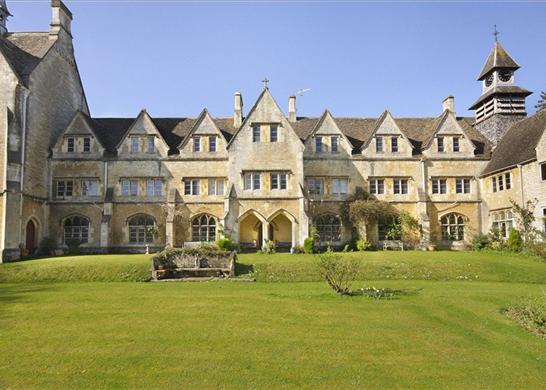 |
|
The Relics of
Woodchester
The Oxford Oratory has now catalogued the
large collection of Relics given by the Poor Clares of Woodchester,
another 150 or so reliquaries, containing between one and fifty-seven
relics each. The slipper of Pio IX (as kissed by Mgr Talbot) is the
most spectacular, but some of the prettier frames are now displayed in
the Relic Chapel on the "relic of the month" shelf, as well as two round
frames containing relics of some of the English Martyrs. Such relics are
extremely rare. Here is the main collection displayed before we put them
away in the cupboards on either side of the altar:
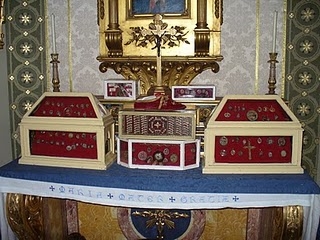 |
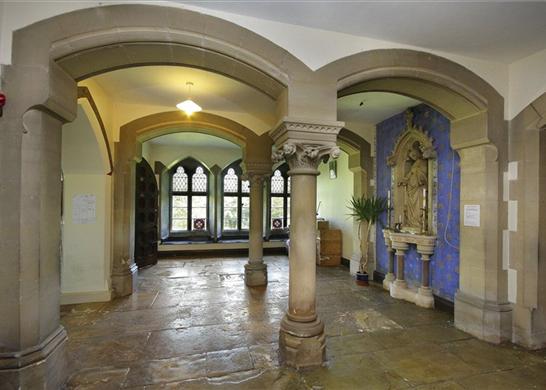 |
|
|
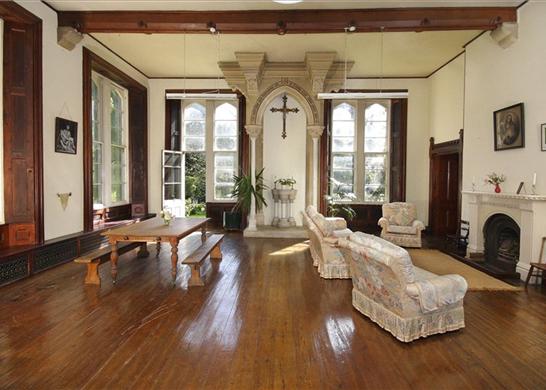 |
The library of the Poor
Clares of Woodchester
Among the collection are works saved by nuns in the 18th Century when
they were expelled from their convents in northern France during the
revolution.
The printed books mainly date from the 16th to 18th Centuries, with some
19th Century items. Books printed in Douai and Rouen and other northern
French towns in the 17th and 18th Centuries are well represented and in
a number of cases are rare surviving examples of French provincial
printing.
Among the manuscripts are devotional miscellanies written on topics
including the Mass and other sacraments, with litanies, prayers,
aspirations and meditations on biblical subjects and the liturgical
year.
This historic collection
of books and manuscripts has been donated by the nuns to the care of
Durham University
|
|
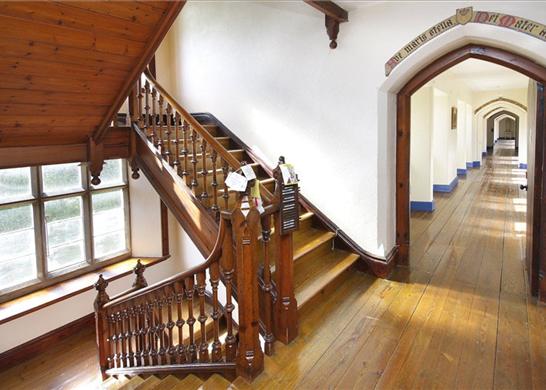
|
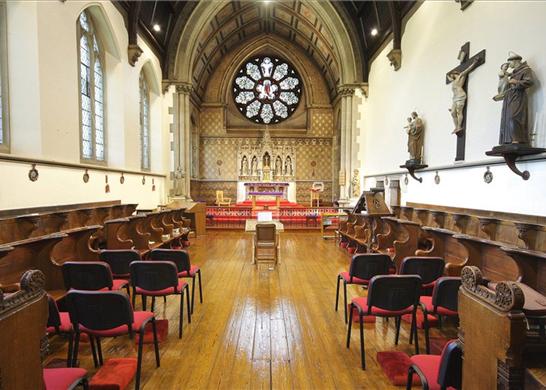
|
|
Gloucestershire Echo
Wednesday, 20 April 2011 |
|
Woodchester's Poor Clares are moving from
Gloucestershire to Devon. Chapter
closes on convent history as nuns leave area |
|
Nuns are
preparing to leave an historic Gloucestershire convent
after 150 years.
Dwindling numbers mean the enclosed order of Poor Clares
is moving from South Woodchester to Devon.
Founded by 16 volunteers in a farmhouse in 1860, there
was still a full complement of 30 sisters in 1950 but by
1980 there were 25 and by 2000, 14 nuns.
Today there are five.
The convent had an orphanage until 1921 and was well
known for making altar breads, or communion wafers, for
more than 200 churches and convents.
Abbess Sister Irene Joseph said moving away was not easy
but the convent, near Stroud, was too large for the
remaining nuns. The group will move to another Poor
Clare convent in Lynton.
"We feel we are called to a particular house," she said.
"There are 10 Poor Clare houses now and we are one big
family.
"When I came here, the peace here was a calling from
God. I thought I would end my days here.
"It is a huge wrench but I believe for some reason it is
an intervention from God."
Sister Mary Therese was 24 when she arrived in 1950 as a
novice and will turn 85 this year.
"I have always been happy here, even when I was
miserable," she said. Parishioners are sad to see the
sisters go.
"They don't go out to the world but they welcome the
world in," said Deborah Everton-Wallach, who attends
daily mass there.
"They have had a profound effect on my life – that they
live a simple and fulfilling lives says something."
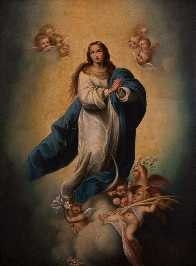 |

Si vous pouvez ajouter quoi que ce soit
à cette page, contactez-moi - If there is
anything you could add to this page, please contact me.
|